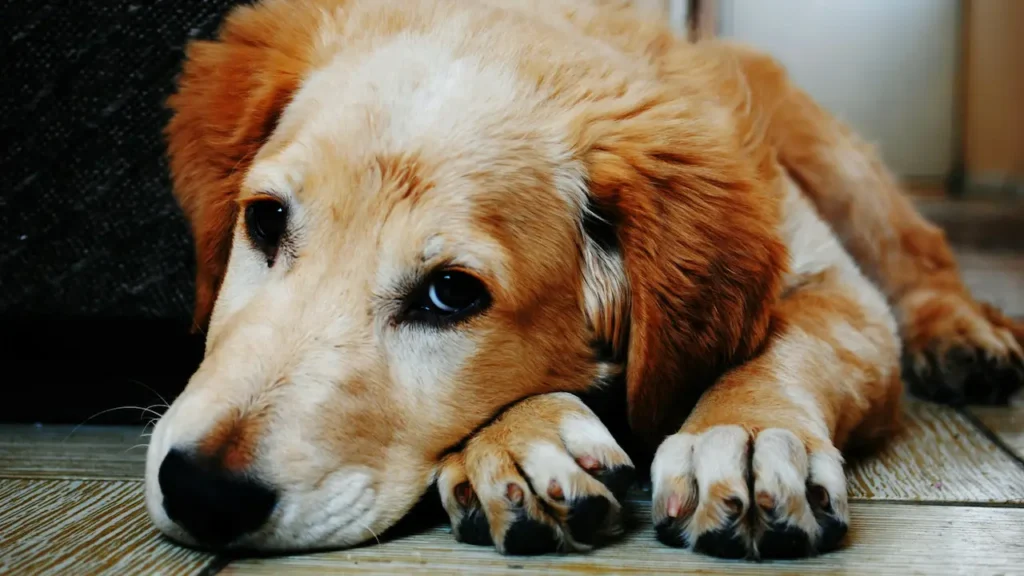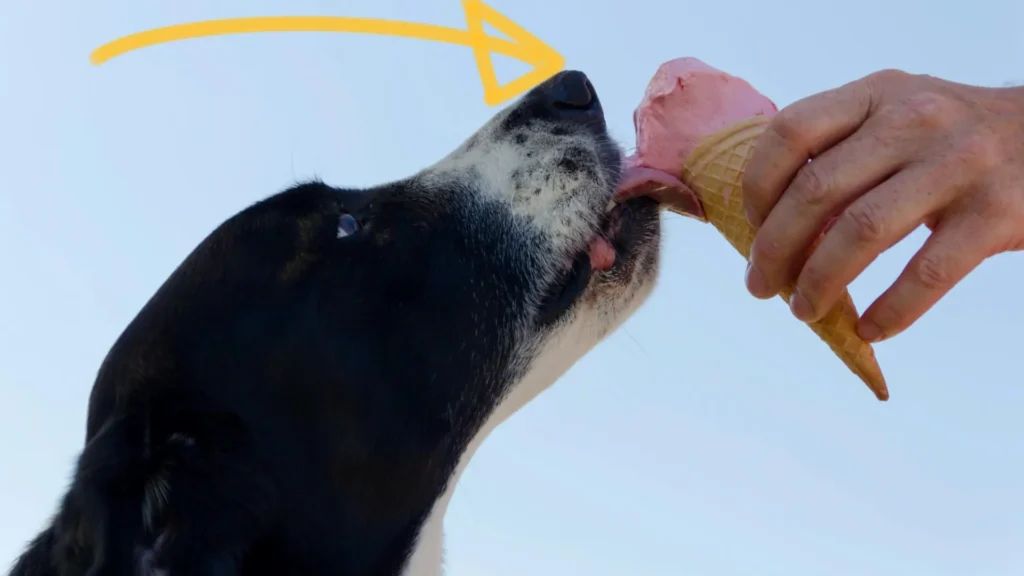Separation anxiety is a common behavioral issue among dogs. It can manifest in various ways. Separation anxiety can escalate into a serious problem for both the dog and its owner if left unaddressed.
Fortunately, there are effective strategies to help your dog cope with being alone and reduce their anxiety over time.
Understanding Separation Anxiety
Before diving into solutions, it’s crucial to understand the root causes of separation anxiety in dogs.
Dogs are inherently social creatures. They look to their owners for companionship. When their owners leave, some dogs interpret this absence as a potential threat to their safety. This uncertainty can trigger a cascade of stress responses.
Separation anxiety can be identified by several factors. Understanding these factors is key to addressing the issue effectively.
Changes in Routine
Dogs thrive on predictability. Any significant change in their daily routine disrupts their sense of security. For instance, if you suddenly begin leaving the house for longer periods than usual, your dog may struggle to adapt to the new pattern. The lack of familiarity heightens their anxiety. This leads them to feel abandoned.
Loss of a Companion
The death or departure of a family member leave a profound void in a dog’s life. Dogs form deep emotional bonds with those around them. Sudden absence of a close companion result in feelings of grief and loneliness. This loss can manifest as separation anxiety. This deepens if the remaining household members are unable to provide the same level of attention the dog was accustomed to receiving from the departed individual.
Traumatic Experiences
Past trauma can have a lasting impact on a dog’s emotional well-being. If a dog has experienced abuse in the past, it may develop heightened sensitivity to being left alone. Even seemingly minor events can create negative associations with solitude. These traumatic memories can resurface whenever the dog is left alone.
Lack of Proper Socialization During Puppyhood
Socialization plays a critical role in shaping a dog’s behavior and temperament. Puppies who do not receive adequate exposure to different environments during their formative months may grow fearful. Without learning how to cope with brief periods of isolation early in life, these dogs struggle to handle being left alone as adults. Proper socialization helps build confidence and resilience. This reduces the likelihood of separation-related issues later on.
Signs of Separation Anxiety
Recognizing the signs of separation anxiety is essential for addressing the issue early. Here are some common symptoms to watch for.
Excessive Vocalization
One of the most noticeable signs of separation anxiety is excessive barking. Your dog may vocalize persistently after you leave. This is an attempt to call you back and express their distress. Neighbors also report hearing your dog bark shortly after you’ve departed.
Destructive Behavior
Some dogs channel their anxiety into destructive activities. After returning, you will find them chewing furniture, scratching doors, and tearing apart cushions. This behavior stems from frustration. It can lead to costly damage and pose risks to the dog’s safety.
House Soiling
Even well-trained dogs may experience accidents indoors due to separation anxiety. Stress can override their ability to control their bladder. If your dog consistently soils the house only when you’re absent, it could indicate anxiety rather than a lack of training.
Pacing
Anxious dogs exhibit repetitive movements, such as pacing back and forth or circling in tight patterns. This restlessness reflects their inability to settle down and relax without their owner nearby. You might notice signs of pacing, such as worn paths along the floor or carpet near doors.
Escape Attempts
Dogs with separation anxiety may try to escape. They might scratch at doors, chew through barriers, and jump over fences in an effort to reunite with their owner. These attempts can be dangerous. This leads to injuries.
Excessive Salivation
Physical signs of stress, such as drooling, excessive panting, and trembling, are common indicators of separation anxiety. These symptoms occur shortly before or after you leave and can persist throughout your absence. In extreme cases, dogs may vomit due to heightened anxiety.
Depression
While some dogs exhibit outward signs of distress, others may become withdrawn and lethargic when left alone. Instead of engaging in destructive behavior, they may retreat to a quiet corner, refuse food, and show little interest in their surroundings. This subdued reaction is less obvious but equally concerning.
How to Help Your Dog Overcome Separation Anxiety
Dealing with separation anxiety requires a multifaceted approach. It combines training, environmental adjustments, and patience. Below are detailed steps to help ease your dog’s anxiety.

Desensitization to Departures
One of the most effective techniques for managing separation anxiety is desensitizing your dog to the cues associated with your departure.
Dogs are highly perceptive. They can pick up on subtle signals. Grabbing keys, putting on shoes, and picking up a bag indicate you’re about to leave. By repeatedly exposing them to these cues without actually leaving, you can reduce their anticipatory anxiety.
Begin by performing actions that typically precede your departure. Instead of leaving, sit down. Repeat this process several times a day until your dog no longer reacts to these cues. Gradually incorporate short absences. Start with just a few seconds outside the door. Gradually increase the duration over days and weeks.
This gradual exposure helps your dog learn that your departure cues don’t always mean you’ll be gone for long periods.
Create a Safe Space
Providing your dog with a designated area where they feel secure can significantly alleviate their anxiety. A safe space should be a familiar environment that offers a sense of stability and safety when you’re not around.
Many dogs find comfort in a crate. Ensure the crate is spacious enough for your dog to stand, turn around, and lie down comfortably. Add soft bedding, favorite toys, and treats to make it inviting.
If your dog doesn’t respond well to crates, designate a specific room of the house as their safe zone. Equip it with items that provide comfort.
Always associate the safe space with positive experiences. Reward your dog with treats, praise, and playtime whenever they voluntarily enter the space.
Exercise Before Leaving
Physical activity is a powerful tool for reducing anxiety in dogs. A tired dog is less likely to feel anxious when left alone. Incorporating vigorous exercise into your routine before departures can help burn off excess energy and promote relaxation.
Regular exercise not only improves your dog’s physical health but also enhances their emotional well-being. This makes them more resilient to stress.
Use Calming Tools
There are various tools and products designed to help calm anxious dogs. They can provide additional support during the adjustment period.
L-theanine, chamomile, valerian root, and CBD oil have calming properties that can help soothe nervous dogs. Always consult your veterinarian before introducing supplements to ensure they’re safe for your pet. Adaptil diffusers and collars release synthetic pheromones. They mimic the natural chemicals mother dogs emit to comfort their puppies. Many owners report success in reducing anxiety-related behaviors with Adaptil products.
These tools can create a relaxed atmosphere. This helps your dog feel calmer while you’re away.
Leave Interactive Toys and Treats
Interactive toys and food puzzles can keep your dog mentally stimulated. Providing something engaging to focus on shifts their attention away from your absence and reduces boredom-induced anxiety.
Stuff a Kong toy with peanut butter, yogurt, and frozen treats. The challenge of extracting the filling keeps your dog occupied for extended periods. Snuffle mats encourage natural foraging behavior by hiding kibble within fabric folds. This keeps your dog entertained and mentally stimulated.
By associating your departure with fun and rewarding activities, you can help your dog develop positive feelings about being alone.
Dealing with separation anxiety in dogs requires time, effort, and empathy. With patience and persistence, you’ll strengthen your bond and ensure a happier for both you and your dog.




